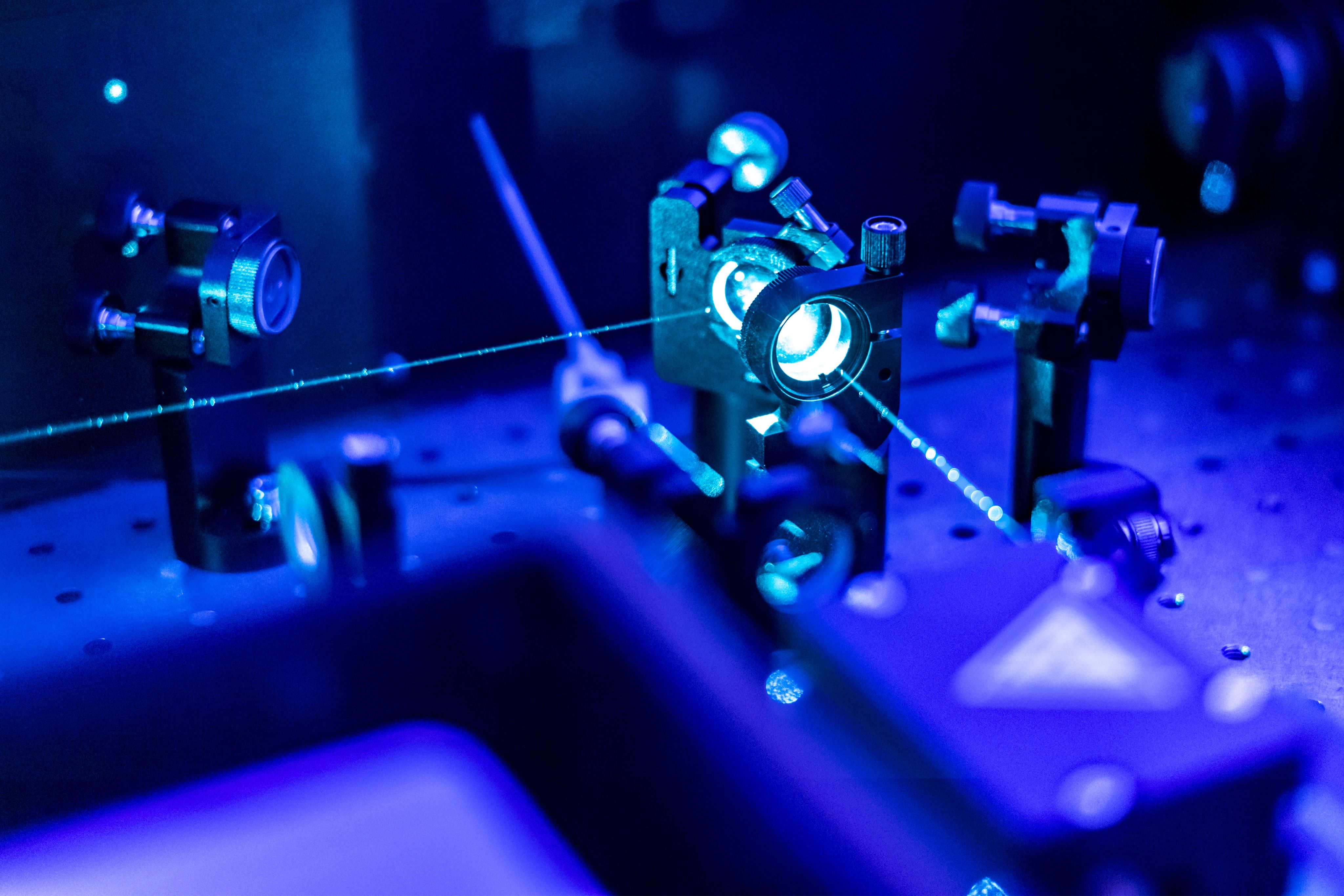How a Leading Data Storage Company is Keeping Up With Patent Technology Changes
Seagate's Chief Intellectual Property Counsel, shares the secret to his team’s success


As Chief Intellectual Property Counsel at Seagate, Bob Pechman has seen the sector transform from hard drives to a proliferation of technologies and near-infinite demand for data storage solutions. He explains the pressures of supporting the business during this period of rapid technological change and how LexisNexis Cipher classifiers help see patent technology changes through Seagate’s own technology lens. Bob runs the Patent Group at Seagate and has all IP attorneys, including patent agents, report through him. He took over that role at Seagate in the summer of 2013.
What kind of pressures are you currently facing in the patent team?
It’s the typical stuff, budget primarily, and aligning what we’re doing with the IP portfolio with what the business goals are and what’s happening strategically with the business. And getting the right kind of attention from the right executives.
With those kinds of strategic alignment questions, how have you gone about answering those questions?
It’s hard. Depending on what the business vision is at the time. When I took over, the business was very data storage, hard-drive centric, and we understood that industry well our place in it. It was all a matter of building piles of patents and, in the right areas, maintaining our technology leadership.
But as data storage keeps evolving beyond data centers and into new types of storage where you need to capture lots of data close to where it’s being created. It’s creating a lot of different opportunities and a different type of customer base.
Where before you could refresh what we were looking at every few years, now we’re in a situation where what was important a month ago might not be important today. We have to make decisions about our portfolio based on the realities of the moment. We’re in a totally different situation.
Our issue was how to fit other companies’ portfolios into that same framework that we use and there’s just no other tool other than Cipher that can do that.
The process was pretty straightforward and even simpler the more useful data you can provide. We’ve also scoped other classifiers where we started completely from scratch, where the Cipher team had to do more work up-front, but even that process went smoothly.
Has the speed of technology change meant that you’ve had to change your approach to how you review your patent portfolio?
Yes, how we look at it and how we communicate it, because if we’re not moving at the speed that the business is, then we start to become irrelevant. It’s been a definite challenge.
The hard part, too, is that not everything that we’re trying to do, or every path you follow from a business perspective, ends up panning out, especially when you’re looking for emerging opportunities. It’s difficult to be able to get actionable information from our IP portfolio or about competitor IP quickly and easily.
We have needed to change our approach and not pour over every single project. We can start with a high-level view – good enough information – because many of these questions that are being asked from the business folks aren’t relevant in a few months because their project has gone away or we’ve decided to move in a different direction.
You get these demands to produce answers to questions, but what questions are being asked might be super important today, and then tomorrow it ends up not being. The challenge is needing to move quickly and nimbly but not wanting to put inordinate amounts of effort into the analysis.
How has Cipher helped you meet some of these challenges of patent technology changes?
Primarily we’ve been playing around with how we break down our portfolio. Our issue was how can we fit other companies’ portfolios into that same framework that we use, and there’s just no other tool other than Cipher that we have that can do that.
How did you find the process of communicating to the LexisNexis team what your lens was and then being satisfied that we’ve captured that?
The process was pretty straightforward. It’s a lot more straightforward the more data you can provide, and where we have useful data, it’s quite a simple process. We’ve also scoped some other classifiers where we started completely from scratch, where your team had to do more work up front, but even that process went pretty smoothly – they did a nice job.
On the first pass-through, you’d get a couple dozen or so cases on the edge to give you a gut feeling of whether they’re in or out, and you spend a few minutes giving that feedback and then you’re pretty much good to go.
I do appreciate that the LexisNexis team is obviously very into this stuff, very interested in what clients have to say and, how we’re using it and what our questions are. Your team is really open to it and not just from a customer service point of view. You can tell that the people really enjoy the conversations that we’re having, and they make it pretty easy.
Did you have any concerns about Cipher’s supervised machine learning?
I’m not sure we had concerns that it wouldn’t be any good, but we did look at some technology areas where we were very comfortable with what our knowledge was about the IP landscape and scoped those out with some classifier sets with Cipher, partly to see what Cipher could deliver compared to things that we already do, but also to validate that Cipher was generating similar kinds of data.
